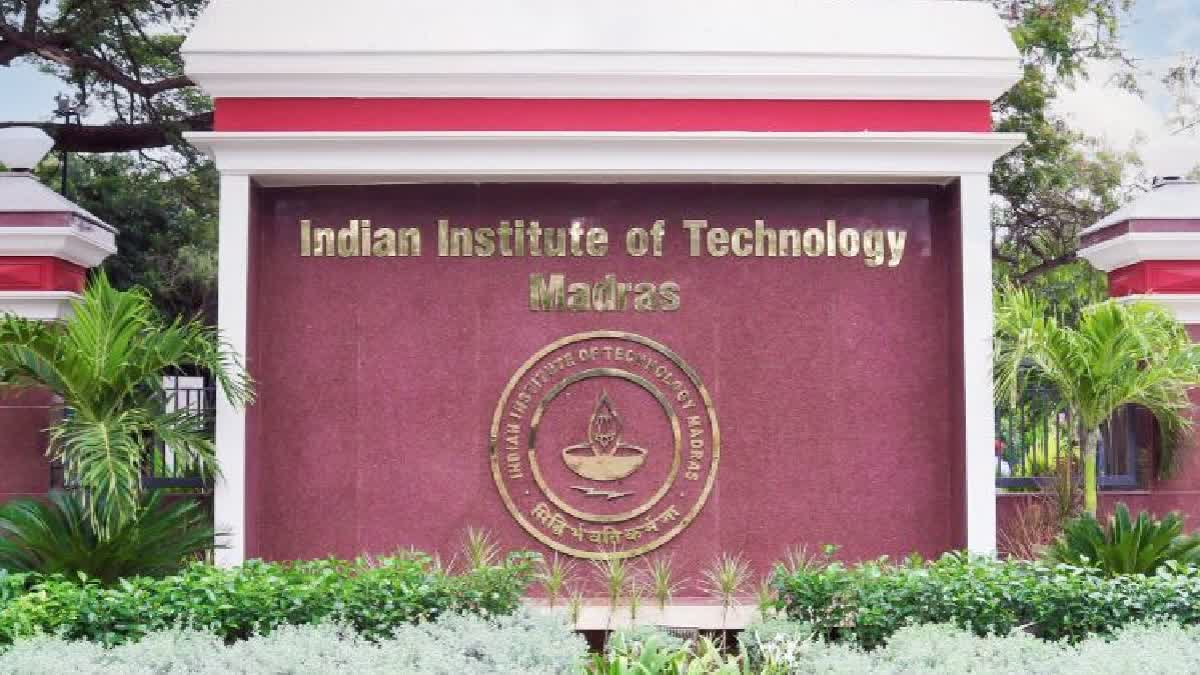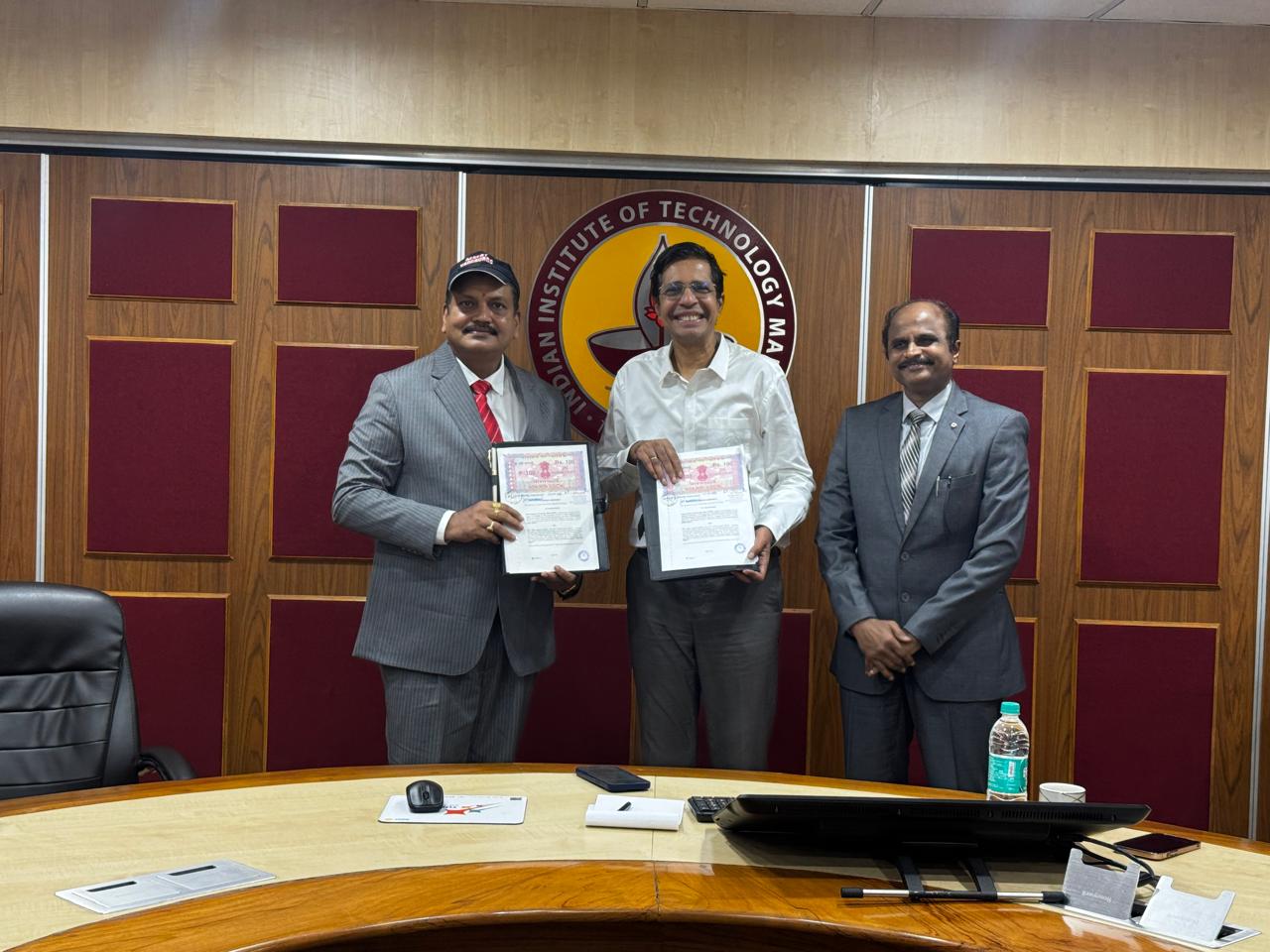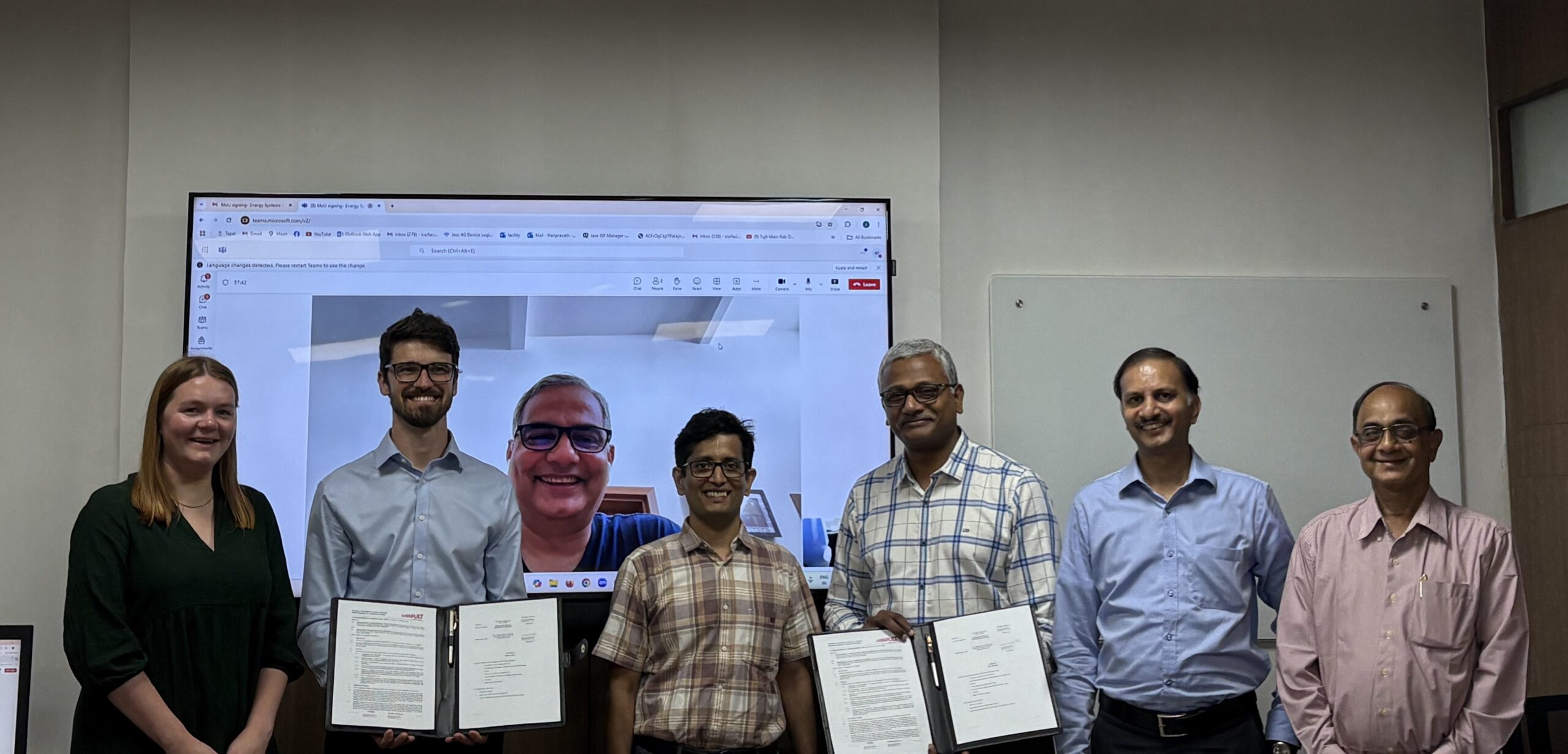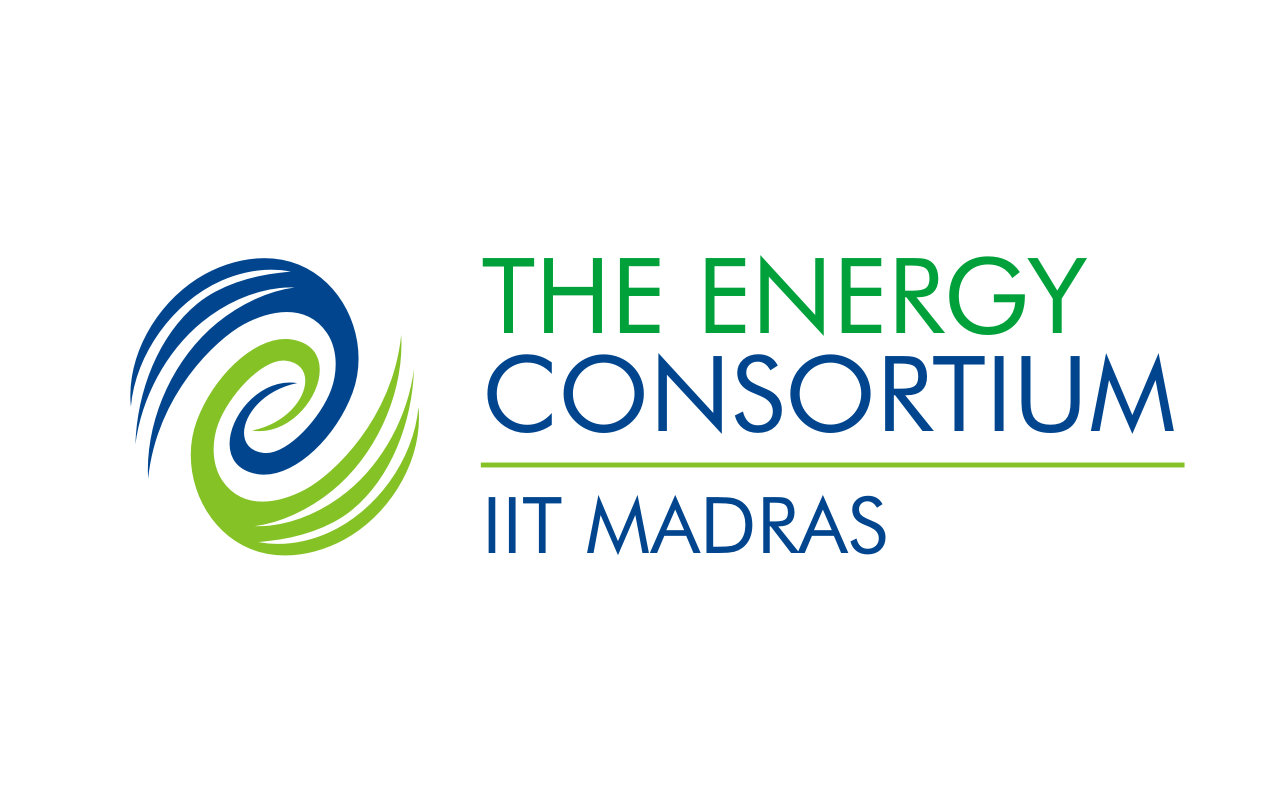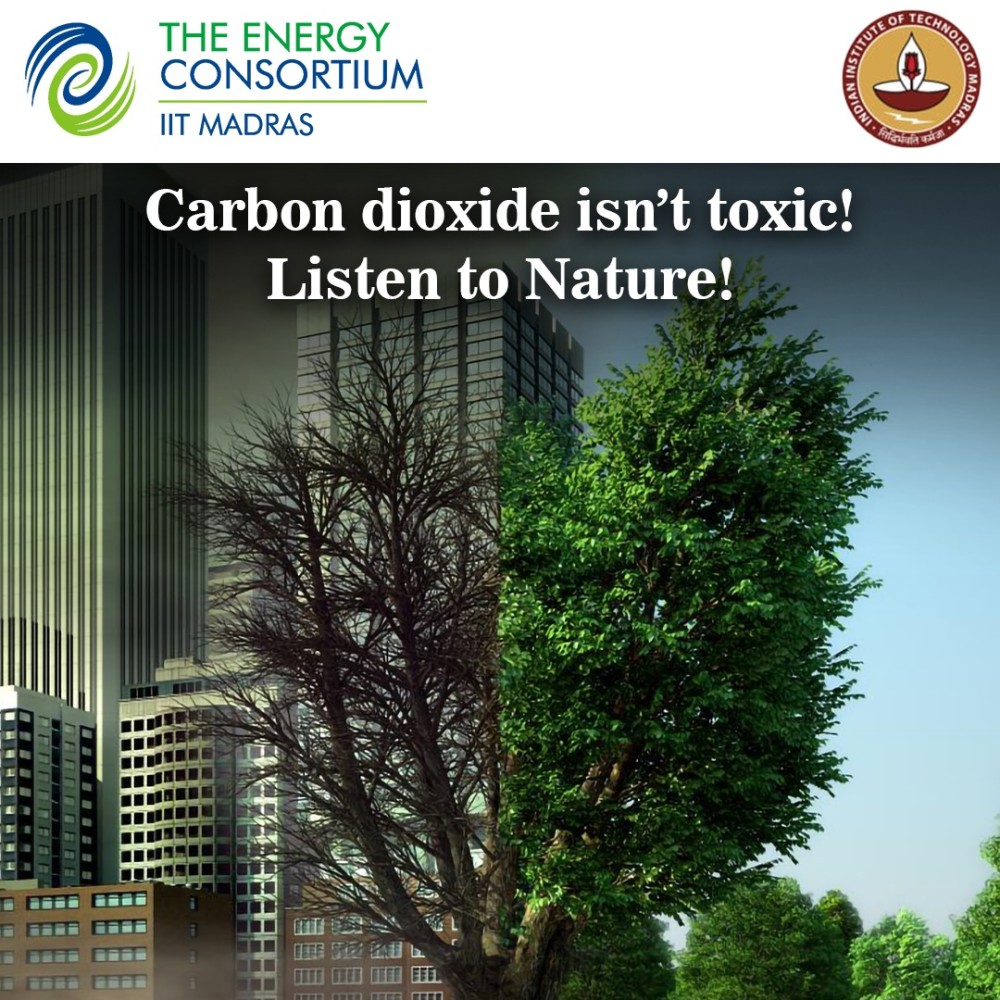Prof Sagar Sourav of the Department of Chemical Engineering is a recipient of the 2025 TRENDsetter program award under the early career track that is designed to encourage principal investigators to develop deeper collaboration with founding members of the consortium. This award is a ‘seed grant’ to work on new bold, high-risk research ideas within the proposed areas of interest
Prof Sagar’s broader research focus lies in designing novel catalytic materials. About half of this work is directed toward CO₂ utilization to produce fuels, fuel additives, and chemicals, while the other half explores the valorization of natural gas and light hydrocarbons. These catalysts are designed to address critical application challenges, such as atom efficiency, product purity, and process stability, which in turn improve overall energy efficiency. What excites us most is leveraging molecular-level understanding to design better catalysts, enabling the translation of fundamental science into practical, real-world solutions.
The most recent trends in catalysis and process design show a major shift toward the development of novel catalysts and sustainable processes for converting waste streams—such as CO₂, biomass, and plastics—into fuels and value-added chemicals. These efforts align with global goals of circular economy and carbon neutrality, and are central to the future of energy and chemical industries.
The TRENDSetter project led by Prof Sagar focuses on advancing CO₂ methanation catalysts for real-world utility. The key objective is to develop a novel catalyst architecture for the hydrogenation of CO₂ to methane, thereby contributing to renewable energy production and sustainable fuel generation.
The main challenge we addressed was CO₂ methanation is a highly exothermic reaction, which means it generates significant amounts of heat during the chemical transformation. While manageable at laboratory scale, at larger scales this excessive heat leads to problems such as hot spot formation, catalyst deactivation, reactor choking, and compromised product selectivity. These issues limit the practical scale-up of the process. The project specifically aimed to address the challenge of heat dissipation while maintaining high catalytic activity—closing the gap between laboratory studies and industrial implementation.
The outcomes of the research are significant. The team has successfully developed a unique catalyst that integrates both chemical and engineering functionalities. Beyond enabling the transformation of CO₂ to methane with hydrogen, the catalyst design allows effective heat dissipation, ensuring stable catalyst performance and process efficiency during extended operation.
This project is addressing energy transition and climate change in a broader context. CO₂, largely generated from fossil fuel combustion, is a greenhouse gas driving climate change, glacier melting, ocean acidification, and other environmental impacts. While CO₂ capture technologies have matured, the conversion of CO₂ into renewable fuels and chemicals offers a dual benefit: reducing atmospheric CO₂ levels and lowering reliance on fossil fuels. Methanation of CO₂ produces synthetic natural gas (SNG), which can be readily transported through existing natural gas infrastructure. This provides a practical pathway to integrate renewable methane into industrial and domestic energy systems, supporting global energy transition goals.


